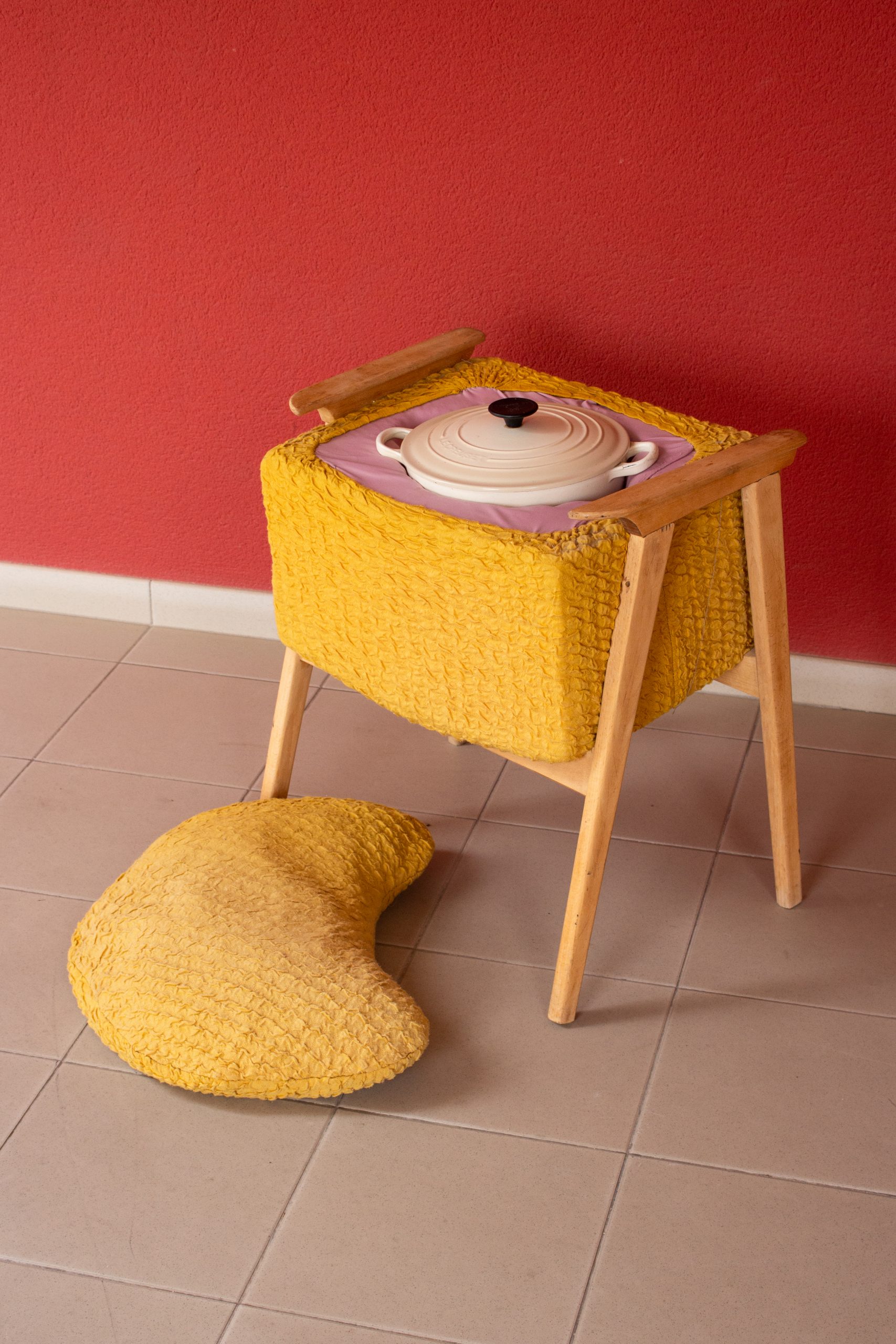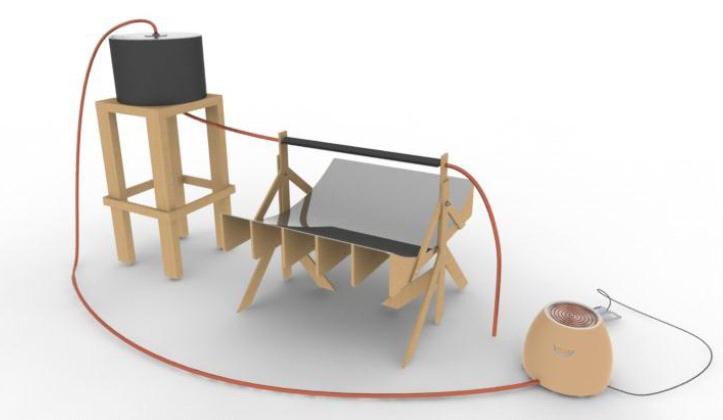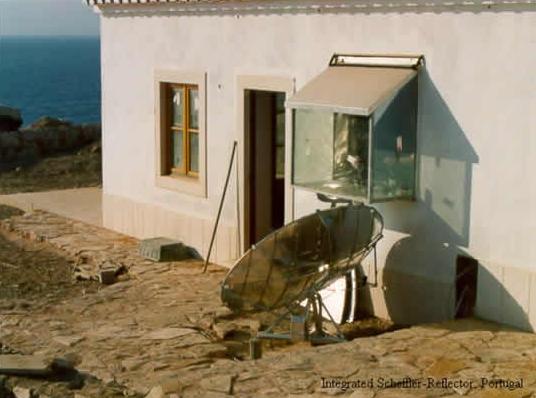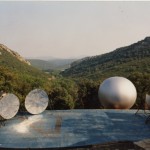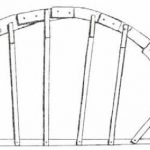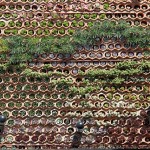- A hundred and nineteen things a punkist should know. [http://www.punk.ist]
- Firewood will save the West. [Unherd] “Our dysfunctional society must return to the hearth.”
- ‘Luddite’ Teens Don’t Want Your Likes. [NYT] “When the only thing better than a flip phone is no phone at all.”
- Papers and patents are becoming less disruptive over time. [Nature] “We find that papers and patents are increasingly less likely to break with the past in ways that push science and technology in new directions. Overall, our results suggest that slowing rates of disruption may reflect a fundamental shift in the nature of science and technology.”
- Assessing the effectiveness of energy efficiency measures in the residential sector gas consumption through dynamic treatment effects: Evidence from England and Wales. [Energy Economics] “This paper disentangles the long-lasting effects of energy efficiency technical improvements in UK residential buildings. The installation of energy efficiency measures is associated with short-term reductions in residential gas consumption. Energy savings disappear between two and four years after retrofitting by loft insulation and cavity wall insulation, respectively. The disappearance of energy savings in the longer run could be explained by the energy performance gap, the rebound effect and/or by concurrent residential construction projects and renovations associated with increases in energy consumption. Notably, for households in deprived areas, the installation of these efficiency measures does not deliver energy savings.”
- Mapping Four Decades of Appropriate Technology Research: A Bibliometric Analysis from 1973 to 2021. [Sains Humanika] “The purpose of the study is to examine the publication trends, collaborative structures, and central themes in appropriate technology studies.”
- Life in the Slow Lane. [Longreads] “Cooking all day while the cook is away. How the slow cooker changed the world.”
- Can a Robot Shoot an Olympic Recurve Bow? A preliminary study. [National Taiwan Normal University]
- Amnesty, Yes—And Here is the Price. [Charles Eisenstein] “The invisible workings of the Covid machine must be laid bare if we are to prevent something similar from happening again.”
- Reduce, re-use, re-ride: Bike waste and moving towards a circular economy for sporting goods. [International Review for the Sociology of Sport] “This study focuses on the bike and its role in global waste accumulation through various forms of planned obsolescence.”
- Civilian-Based Defense: A Post-Military Weapons System. [International Center on Nonviolent Conflict]
- Millionaire spending incompatible with 1.5 °C ambitions. [Cleaner Production Letters]
- Radical online collections and archives. [New Historical Express]
No Tech Reader #35
Fireless Cooker Made from Chair
The fireless cooker is a well-insulated box that keeps food simmering with only the heat of the cooking pot itself. As we wrote in 2014, a fireless cooker doubles the efficiency of any cooking device because it shortens the time on the fire and limits heat transfer losses. A fireless cooker is easy to make and may be one of the most useful low-tech devices around. [Read more…]
Wire Hanger Rocket Stove
“The thab stove is a designed template that utilizes unwanted wire hangers
from North America to assist in improving the portable dung stove used
by Tibetan nomads.
- 1.6 million people die from indoor pollution (three stones fire) every year and that equals to one death every 20 seconds.
- 3.5 billion wire hangers end up in U.S. landfill every year and that equals to 60,000 cars
- 5.6 million stoves can be made from 3.5 billion unwanted wire hangers every year.”
See and read more. Via Treehugger and Designboom. Thanks to Angela Riviera.
Solar Cookers That Work At Night
The solar cooker only works for a few hours in the middle of a sunny day, but not at night or in the mornings when people actually want to cook. Working better means working at night. Climate Healers, an international development technology organization, issued a design challenge last year after their traditional solar cookers failed to catch on in mountain villages in Rajasthan, India.
The challenge was to design a low cost stored energy solar cook stove that could store solar energy without requiring manual interventions from the user. The energy should be stored for at least an 18 hour period and should then be delivered at the users’ control to cook their traditional meals at the times that they choose, which may not necessarily be when the sun is out. People should be able to cook indoors, sitting down. The stove top temperature should be about 200ºC, with heat delivered at approximately 1 KW to the cook surface.
Three US university teams accepted the challenge in early 2011. Later that year, dozens of Indian university teams entered their proposals into the Shaastra Social Innovation Challenge at the Indian Institute of Technology, Madras. Engineering For Change has published the finalists’ papers online. The ten designs follow different strategies, using materials such as sand, aluminum cans, rice husks, water, salt, straw, or olive oil to store solar heat.
Find all the papers at Engineering For Change. Via Makeshift.
Parabolic Basket and Tin Can Solar Cooker
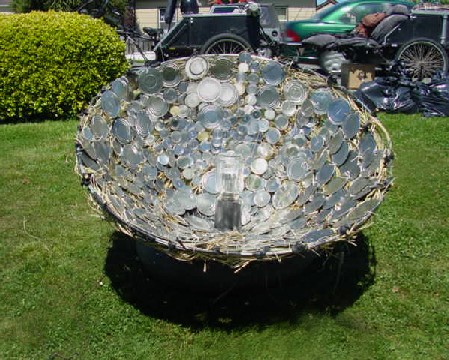 “The objective of this project is to create a solar cooker out of local invasive species and waste materials. We want to create a device that can pasteurize water and be an alternative to the use of fossil fuels for cooking food.”
“The objective of this project is to create a solar cooker out of local invasive species and waste materials. We want to create a device that can pasteurize water and be an alternative to the use of fossil fuels for cooking food.”
“The structure of the parabolic solar cooker will be made from the canes, or stems, of the locally invasive Himalaya blackberry. Canes will be harvested and dethorned so they can be woven into a parabolic basket shape. The Himalaya blackberry canes form parabolic curves, so when they dry and stiffen they will maintain the sturdy parabolic shape of the basket.”
“To give the parabolic cooker its necessary reflective surface, we gathered around 300 tin can lids to line the inside of the basket. We punched holes in the can lids so we could string them together in lines of 8-10 lids each. Then we tied these lengths of can lids to the basket using either hemp twine or twist ties. Since there were still many spaces on the basket uncovered by can lids, we gathered a bunch of large can lids and attached those individually to the basket.”
Read more: Parabolic basket and tin can solar cooker. More DIY-posts. Previously: The bright future of solar powered factories.
Build a Solar Powered (Interior) Kitchen
Solare Brücke is an organisation that promotes the distribution of solar thermal technology, both in developing countries and in the first world. They offer detailed construction manuals, which can all be downloaded for free.
One example is the Scheffler-Reflector (see the picture on the right): “To make cooking simple and comfortable the cooking-place should not have to be moved, even better: it should be inside the house and the concentrating reflector outside in the sun. The best solution was a eccentric, flexible parabolic reflector which rotates around an axis parallel to earth-axis, synchronous with the sun. Additionally the reflector is adjusted to the seasons by flexing it in a simple way.”
The Scheffler-Reflector can be built in steel or aluminium, and there are additional manuals available for the mechanical tracking system, a stove and a baking oven. There are also plans for a solar tunnel dryer and a smaller solar cooker. Find all manuals at Solare Brücke. Thanks to Eric Blair. Related: The bright future of solar powered factories.
